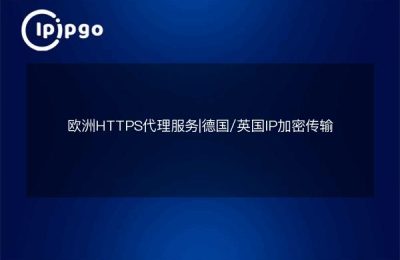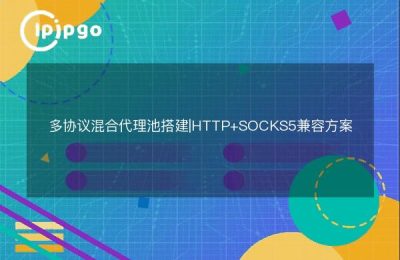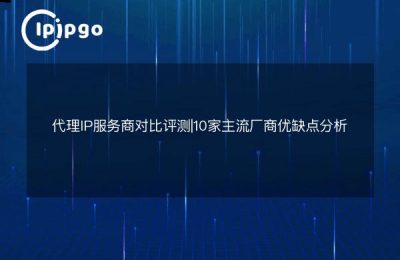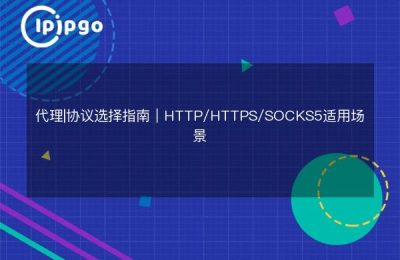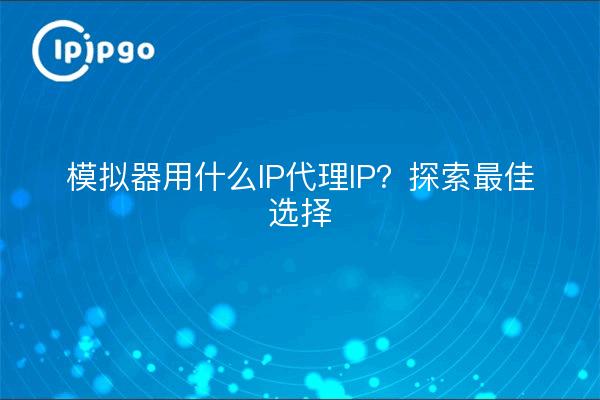
When using an emulator for various operations, choosing the right proxy IP can significantly improve your experience, whether it's for privacy or connection speed. So, what kind of proxy IP should you use for an emulator? Today, let's dive into this topic.
Why does the emulator need a proxy IP?
The first thing we need to make clear is why using a proxy IP in an emulator is a good idea. Emulators are commonly used for running mobile applications, development and testing, and accessing specific web content. In these cases, proxy IPs can help:
– Protection of privacy: Hide your real IP from being traced.
– Increase connection speed: Speed up connections by choosing a better network path.
– Test Geographic Location: Simulate the network environment of different countries or regions for localization testing.
Choosing the right proxy IP type
When choosing a proxy IP, you will come across several types of proxy services. Common ones include HTTP proxies, HTTPS proxies, and SOCKS proxies. Each type of proxy has its own unique advantages and applicable scenarios.
– HTTP/HTTPS Proxy: Suitable for general web browsing and application use, the HTTPS proxy also provides encryption protection.
– SOCKS Agent: More versatile, supporting all types of network traffic for application scenarios that require greater flexibility.
The SOCKS proxy is usually a good choice for emulators because it can handle multiple protocols and traffic types.
Dynamic Proxy IP vs.
There is another important consideration in the choice of proxy IP: whether to choose a dynamic or static proxy IP.
– Dynamic Proxy IP: These IP addresses are changed periodically and are suitable for scenarios where IPs need to be changed frequently to avoid being blocked.
– static proxy IP: These IP addresses remain unchanged and are suitable for applications that require a stable connection, such as prolonged testing or data crawling.
If you are performing tasks on the emulator that require a long and stable connection, a static proxy IP may be a better choice. And if you need to switch IPs frequently for testing, dynamic proxy IPs are more appropriate.
How to configure the proxy IP of the emulator
Once you have chosen the right proxy IP type and service, the next step is how to configure it in the emulator. Below is a simple step-by-step guide:
1. Get the proxy IP address and port: Obtain the required IP address and port information from your proxy service provider.
2. Open the emulator settings: Go to the network settings or Wi-Fi settings of the emulator.
3. Enter proxy information: Enter the acquired proxy IP address and port in the Proxy Settings.
4. Save and test the connection: After saving the settings, test the connection to make sure the proxy is configured correctly.
Notes and Frequently Asked Questions
There are several considerations and common problems to look out for when using a proxy IP:
– Agent Speed: Choose a fast and stable proxy service so as not to affect the experience.
– safety: Ensure that the proxy service provides adequate encryption protection against data leakage.
– compatibility: Ensure that the emulator is compatible with the selected proxy type to avoid unnecessary connection problems.
Conclusion: Choosing the best proxy IP for your emulator
Choosing the right proxy IP for your emulator can significantly improve your experience, whether it's for privacy, speed, or geolocation testing. By understanding the different types of proxy services and their application scenarios, you can make a more informed choice.
I hope this article has helped you achieve a more efficient and secure network experience in your emulator. Whether you're a developer, tester, or general user, proxy IPs can add a layer of protection and convenience to your emulator operations.

